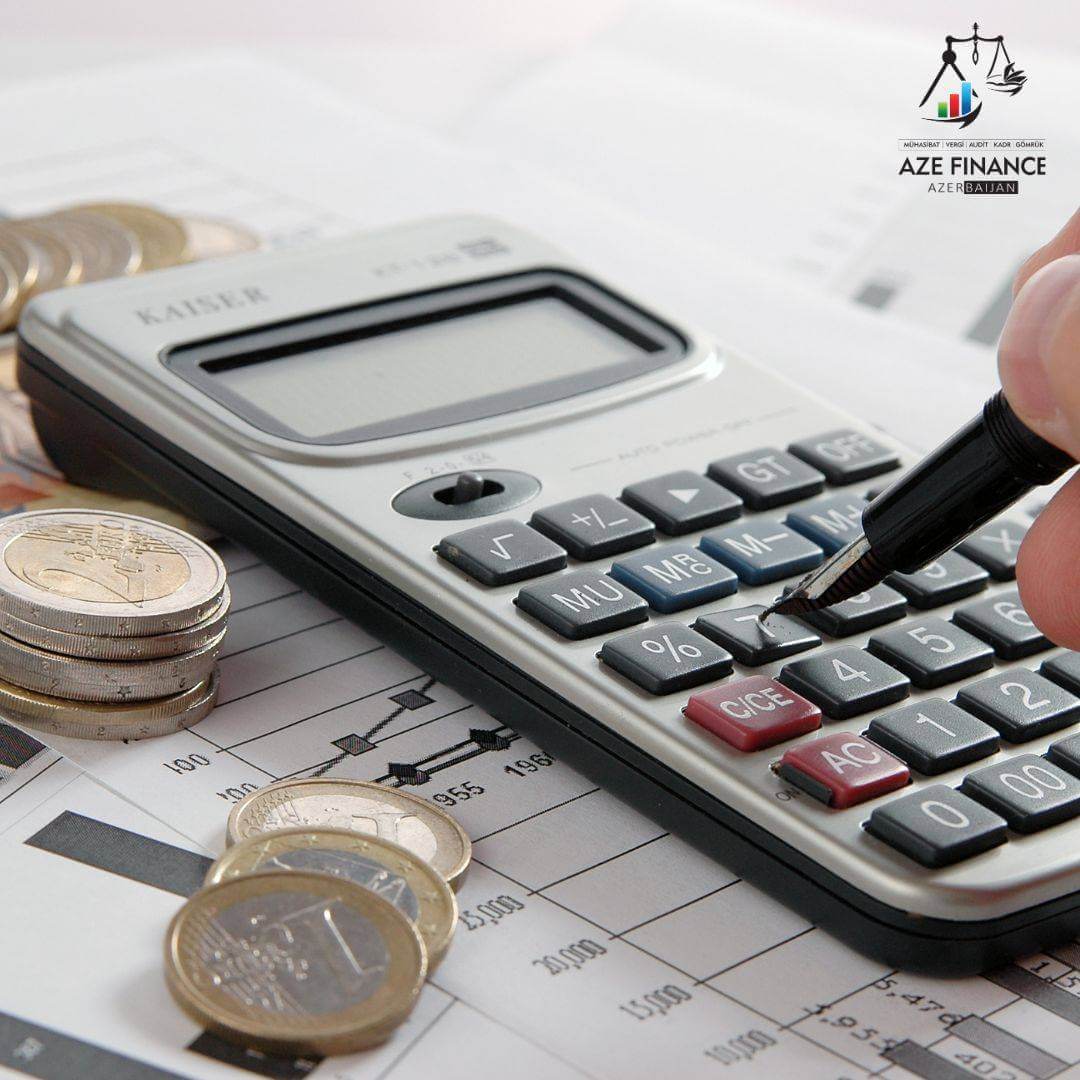Adjustment of relations with the budget when the deductible VAT exceeds the calculated VAT
Adjustment of relations with the budget when the deductible VAT exceeds the calculated VAT

Commentary by Tax Expert Jalə Abbasova. Let us first clarify the concepts of input VAT (Value Added Tax) and output VAT.
Input VAT refers to the amount of VAT a taxpayer pays for purchased goods, services received, or work performed. For the deduction of this VAT to be allowed, the following three conditions must be met:
1. The transaction must be documented by an electronic invoice;
2. Payment must be made non-cash through a bank account;
3. The VAT amount must be transferred to the VAT deposit account.
Output VAT is the VAT that a taxpayer calculates and must pay to the state budget for the goods they sell and the services they provide.
VAT deduction is the difference between input VAT (incoming VAT) and output VAT (outgoing VAT).
What happens if input VAT exceeds output VAT?
According to Article 179 of the Tax Code, if the input VAT amount exceeds the taxpayer’s calculated output VAT obligation, the difference (i.e., the excess amount) is treated as follows:
It is carried forward to offset VAT obligations in future periods;
In specific cases (such as exports or legally defined situations), the excess may be refunded by the tax authorities.
Example 1: Carrying the Excess VAT to the Next Period
If excess input VAT arises, it can be used to cover VAT obligations in subsequent periods.
Suppose company “AA” paid VAT of 10,000 AZN on purchases in April (input VAT) and calculated 8,000 AZN VAT on sales (output VAT).
In May, it paid 6,000 AZN in input VAT and calculated 9,000 AZN in output VAT.
In April, the input VAT exceeds the output VAT:
10,000 > 8,000 → excess: 2,000 AZN
This 2,000 AZN is carried forward to May and used for deduction:
9,000 – (6,000 + 2,000) = 1,000 AZN (to be paid).
Example 2: VAT Refund
Company “BB” exports goods worth 100,000 AZN. Export operations are zero-rated for VAT. The company paid 12,000 AZN in input VAT for raw materials used in production.
Output VAT = 0 AZN (due to export)
Input VAT = 12,000 AZN
This results in a 12,000 AZN VAT surplus.
Under Article 179 and relevant export regulations, the company can request a refund of this amount from the tax authorities.

Commentary by Tax Expert Jalə Abbasova. Let us first clarify the concepts of input VAT (Value Added Tax) and output VAT.
Input VAT refers to the amount of VAT a taxpayer pays for purchased goods, services received, or work performed. For the deduction of this VAT to be allowed, the following three conditions must be met:
1. The transaction must be documented by an electronic invoice;
2. Payment must be made non-cash through a bank account;
3. The VAT amount must be transferred to the VAT deposit account.
Output VAT is the VAT that a taxpayer calculates and must pay to the state budget for the goods they sell and the services they provide.
VAT deduction is the difference between input VAT (incoming VAT) and output VAT (outgoing VAT).
What happens if input VAT exceeds output VAT?
According to Article 179 of the Tax Code, if the input VAT amount exceeds the taxpayer’s calculated output VAT obligation, the difference (i.e., the excess amount) is treated as follows:
It is carried forward to offset VAT obligations in future periods;
In specific cases (such as exports or legally defined situations), the excess may be refunded by the tax authorities.
Example 1: Carrying the Excess VAT to the Next Period
If excess input VAT arises, it can be used to cover VAT obligations in subsequent periods.
Suppose company “AA” paid VAT of 10,000 AZN on purchases in April (input VAT) and calculated 8,000 AZN VAT on sales (output VAT).
In May, it paid 6,000 AZN in input VAT and calculated 9,000 AZN in output VAT.
In April, the input VAT exceeds the output VAT:
10,000 > 8,000 → excess: 2,000 AZN
This 2,000 AZN is carried forward to May and used for deduction:
9,000 – (6,000 + 2,000) = 1,000 AZN (to be paid).
Example 2: VAT Refund
Company “BB” exports goods worth 100,000 AZN. Export operations are zero-rated for VAT. The company paid 12,000 AZN in input VAT for raw materials used in production.
Output VAT = 0 AZN (due to export)
Input VAT = 12,000 AZN
This results in a 12,000 AZN VAT surplus.
Under Article 179 and relevant export regulations, the company can request a refund of this amount from the tax authorities.


